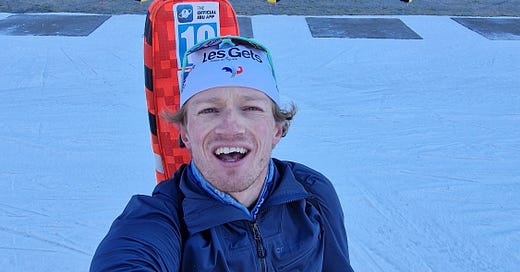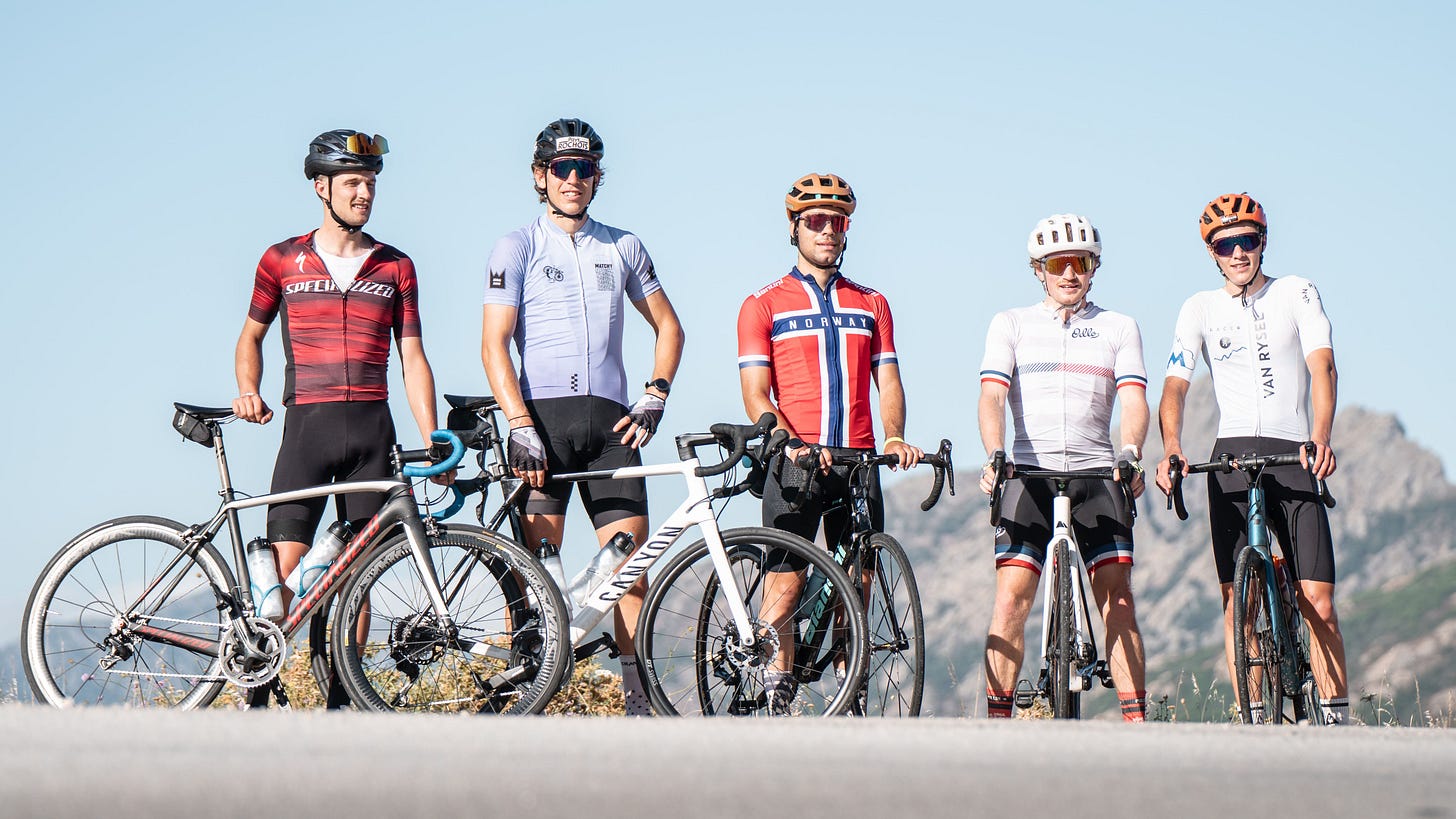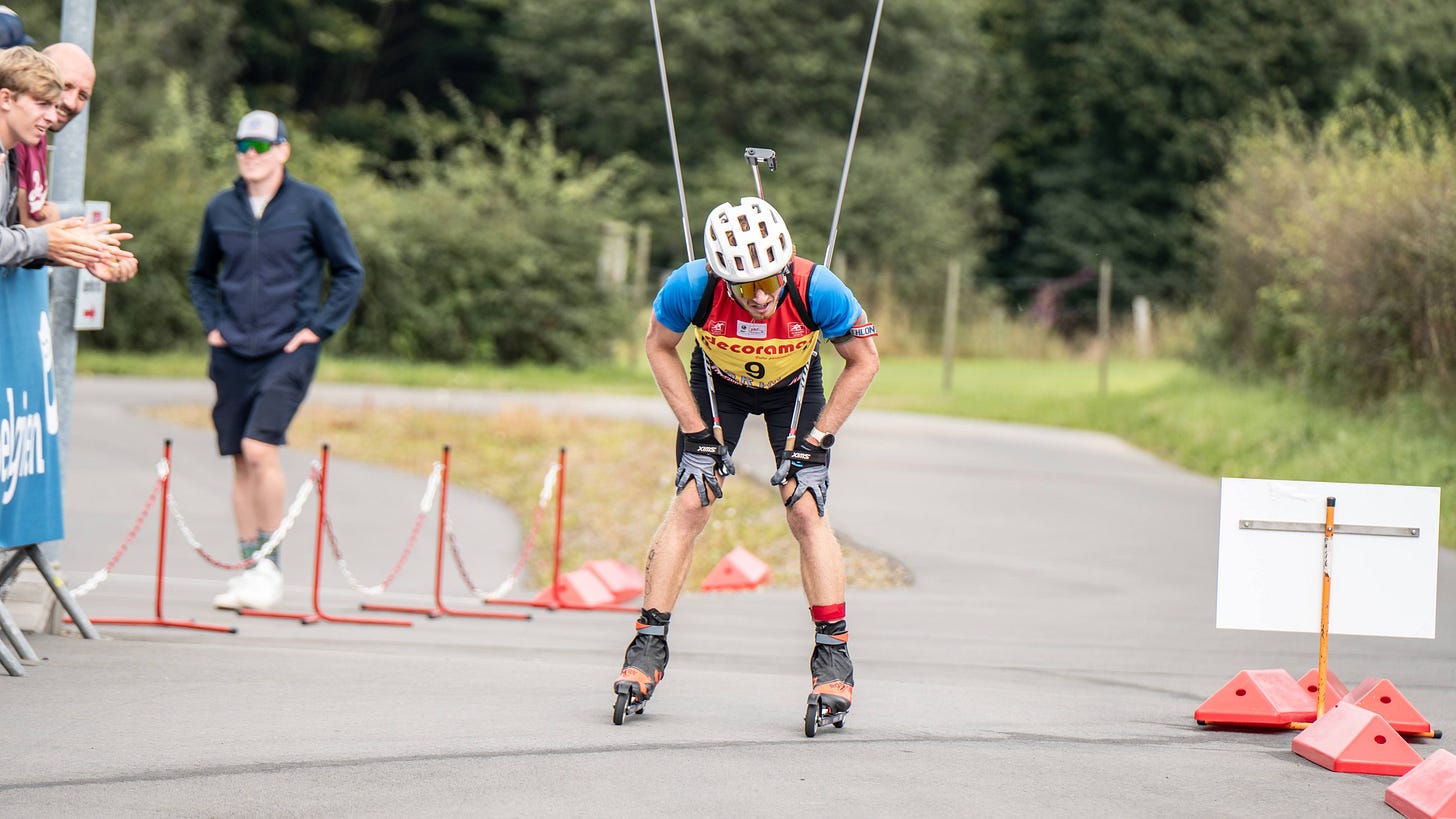On the Starting Line: The Season Begins
Reflections from the summer, preparation on skis, and what lies ahead in the 2024/2025 biathlon season !
The moment has finally arrived. Tomorrow marks the opening day of my 2024/2025 winter racing season. The French national trials are a race that nobody looks forward to, yet they are a crucial stepping stone for every nation's racing calendar, setting the stage for the IBU circuits. Over the summer, I’ve pushed myself to the limit: covering the distance between Paris and Chicago, climbing the equivalent of Everest 14 times, and shooting enough rounds to fill a small bathtub with shells. But none of those stats matter when you step into the starting gate, with your name echoing across the stadium as the next athlete ready to compete. Let’s dive into my summer of training, discuss my goals for the winter ahead, and take a quick look at this past week of snow training.
This summer was eventful but with loads of great training
After having been cut from the French ski federation it was really important for me to quickly find a good training group for the year to come. Thanks to the help from my old regional training group this was easily accomplished when I was given the opportunity to join the Team Haute Savoie Nordic along with Paul, who was also moved out of the national group and 4 other great athletes all competing to achieve amazing things. My return to training in the spring was disturbed by the remnants of the pneumonia I had been fighting since the end of the previous winter, it wasn’t easy getting back up to speed with some base endurance but slowly I was able to return to what I was able to do the year before.
Our first major training camp was the race around the beautiful island of Corsica. 8 days with about 33 hours of training on the windy and not very well-kept roads. It was a great teambuilding week where we would ride for about 4-5 hours in the morning and then spend the afternoon napping in the sun and making the most out of whatever beach our campsite was next to. I found the first few days extremely demanding but quickly got used to just dropping off the main group and finishing the end of the rides on my own. It was a fun week but sadly on my return I caught food poisoning and was throwing up for the next 3 days which didn’t make for the best recovery experience after such an intense training period.
Gaetan and I then went up to Bessans in mid-July for 4 days before being joined by the rest of our team for our first proper training camp of the summer. During that week we did a lot of very long high-altitude training sessions and the start of some actual shooting training after having focused on our physical training during most of May and June. Bessans is one of the best places to train in France because of its really good roller ski track and the amazing mountains around the village that offer some very high-altitude runs. We did our first threshold sessions during this training camp as well. This was a big step for me because after recovering from my pneumonia I hadn’t done any high-intensity stuff all summer. It all went well and I was feeling good.
Home from Bessans and dealing with some emotional struggles from a past relationship I then caught quite a bad cold during the warmest month of the year. An accumulation of lots of training and a bad mental state sent my health diving down for the next week. It was then time for the first races and our training camp in Belgium. We went for a 100km long roller ski session on the amazing roads in Est-Belgium which was a very challenging but fun experience and also did lots of road cycling on the legendary climbs from the Liège-Bastogne-Liège cycling race. That weekend we were racing in the Belgian championship but you can read all about that and the rest of the week by heading to the newsletter I wrote after our camp.
September came along really quickly and we were back up in Bessans for another short stay before heading to the National Training Center in Prémanon (Jura) for our first French competitions of the year. Not the best results for me sadly but lots was learnt and we had some great training objectives for the next few months before the winter. We stayed in Prémanon the week following the races to keep on training using the great facilities the CNSN has to offer. At the end of that week, I travelled across Europe to attend the EOC seminar and talk about how important it is to listen the the athlete’s perspective whilst making decisions that involve us. This talk was held in front of all the national Olympic committee presidents and was a great time for me to cut away from biathlon for a long weekend.
October wasn’t the best of months sadly because after a great training camp in preparation for the second French summer races in Arçons, I fell extremely ill and also started feeling some pain in my Achilles Tendon. Both these things meant that I wasn’t going to be able to race. It was a tough decision to take but a good one because racing would have just made everything worse. I was quickly looked after by a local physiotherapist who said we caught the pain and the correct moment to be able to treat it quickly. My doctor gave me the all-clear about a week later and I was able to slowly get back to training.
Back on snow, the feeling is amazing
On the first of November, the first Nordic resort in France opened its doors and guess where it is? Bessans of course, where else. Using an old technique called snow farming where the snow from the previous year is brought together in a big pile and then stored under wood chippings during the summer. This technique is really efficient and Bessans have been using it for many years now to be able to open a 2km to 3km loop as early as the first of November. The only problem is that they are one of two ski resorts to use this technique in France and the second place in Les Saisies opened on the 11th. This means that every man and their dog who practices either cross-country skiing or biathlon ends up in Bessans to train during these two weeks.
The aim of this week is to remember how to ski, learn a lot of techniques, and finish the final phase of training before the national trails tomorrow. Because there are so many people here at the same time there a two skiing slots every day. National teams get the 8 am -11 am slot and then everyone else gets the 11 am -2 pm slot and that’s the one that we are in. There is one big advantage to this at that is being able to wake up late. Having that extra hour every morning is an amazing feeling, but then there are also the disadvantages. The snow that we are skiing on isn’t the best quality and it breaks up really quickly meaning that once all the national teams have trained we are left with quite a worn-down piste which isn’t the best. We also finish our training session quite late every day, then we have to make lunch and eat and we don’t get much time in between our morning and afternoon sessions. It’s just a lot of adapting but that’s always part of an athlete’s life.

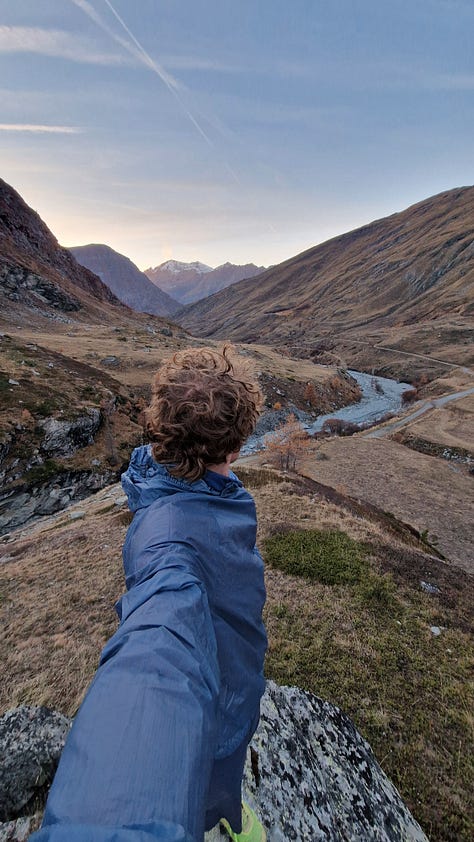
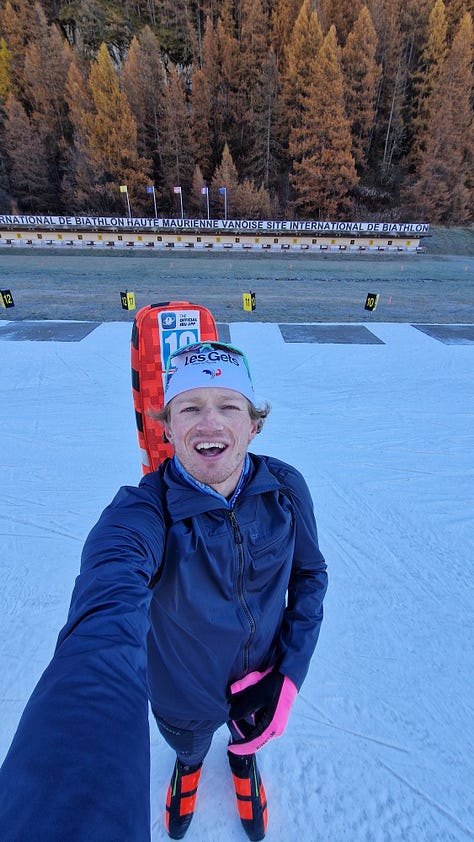
Overall the last week of training has gone really well, I’ve managed to quickly get back to a decent level of skiing technique and my shooting has been alright. There are parts I’m still struggling with though. I’m still recovering from my tendinitis in my Achilles tendon and this means that if I ski for too long or too hard the pain starts arising again. I’ve brought my mountain bike up so that I have something to train on in the afternoons whilst the others are out running. Lot’s of lonely rides, but at least I’m not hurting myself. My cold is also persisting, during the intervals that we did and the test race when my heart rate was properly going and I was breathing heavily I was struggling a lot. I’m taking my medication and all but this isn’t really helping. Hopefully, it all gets sorted quickly because it is limiting my race capacities.
I am feeling good and ready to race, I can’t wait to get going, but there is one thing we haven’t talked about yet and that is season objectives….
What does a good and bad winter look like?
Let’s lay down some context for those who don’t know how our biathlon circuits work. The International Biathlon Union has four distinct circuits. The IBU World Cup is the most prestigious circuit. This is the the one everybody watches on television and where the best athletes in the world compete, it’s the end goal. The next circuit right below is the IBU Cup, this is what we call in French L’anti-chambre de la coupe du Monde. On this circuit, you find athletes from all around the world who aren’t good enough to make the elite squads in the big nations but also athletes from smaller nations who race on this B circuit to gain experience before switching to the big league. The last circuit run by the IBU is the Junior Cup, these races are only for athletes from the ages U21 and younger, it’s where I’ve been racing for the last couple of years but being 22 this year I’m not officially a senior and can no longer compete in the Junior Cup. The last level of racing is the IBU Regional Events, which are run by each respective country and in France they are the same as the SAMSE National Tour which is our usual winter circuit.
At my age (22) athletes generally tend to be either on the IBU Cup circuit or if they are exceptionally good on the IBU World Cup. For the last couple of years, the IBU Cup has been one of my primary objectives and this hasn’t changed for the coming season either. This is where I should be racing and it’s where I want to be racing as well, it’s the stepping stone towards the World Cup and an essential step to gain the experience needed to race against the best in the world. But sadly for the last two years, I’ve failed at hitting this goal, this is one of the reasons I wasn’t part of the French ski federation this summer. The main reason for this is I’ve never been good enough to qualify at the correct time of the winter season.
In France, there are two different ways of qualifying to race on this circuit. The first and arguably the easiest way (because this is when most sports are available) is during the national FFS Trails that are happening tomorrow. Over the next four days, the top 25 athletes from the previous year will compete over two sprints and a mass start for the three available spots on the French team. There are 6 spots in total but the first three are reserved for athletes who secured their spots during the last year’s racing season. Points are awarded according to the IBU’s World Cup points criteria and then a final classification is made after the three races. The tension during these three races is enormous and you can feel the pressure in the air all throughout the week that has been leading up to this. I personally feel loads of pressure as well, but it’s good pressure and I can’t wait to get going tomorrow.
Whatever happens during these next few days, whether I am selected or not; for me to be happy and feel like I’ve given my best chance at being picked I want to prove to myself that I can put together a great race. If I was able to lay it all down on the race track and shoot to the best of my ability I’ll be extremely happy with myself. Focus on what I’ve learnt, and what I know, let’s get this season started !!
After these early season races, there are then plenty more opportunities to join this international race circuit but it is much more complicated. There is no fixed rule but generally, an athlete is required to win multiple stages of the French national circuit to prove to the French staff they are capable of reaching the required level and the athletes already on the IBU Cup have to underperform before someone is called up for a change. This happens three or four times a year but as you can imagine it is not easy at all. Racing and performing regularly on the French Cup is a great feeling because the level of racing is amazing here in France but everyone would still prefer to be on the international stage. The last big objective for this winter is the Open European Championships which happens during the middle of the winter but we’ll get back to these early on in January.
There you go, you now know the intense pressure and high level of competition I’ll be facing over the next couple of days. Wish me luck and be sure to check out my socials for quick updates on how the races have been going. You can find all the results on biathlonlive.com in the hours following each event. I’ll see you all in early December, either with some great news or some less great news ;)


